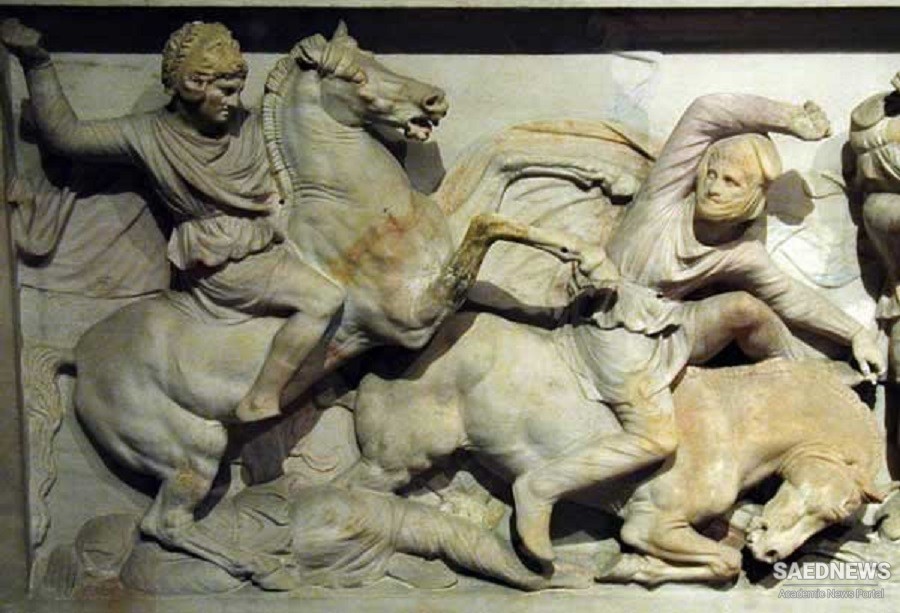Our knowledge of Seleucid Iran is unfortunately meagre. The scanty sources mostly record occurrences such as military campaigns, royal accessions and the like, and hardly give any information on economic or social matters. Even the isolated facts we speak of are almost all Greek; in Seleucid Iran, as we know it, the Iranians are not seen or heard. The reasons for these deficiencies are historical. Memory is selective; succeeding generations remember what is relevant to their own life and forget the rest: "Let the dead bury their dead." After the Romans had ended Seleucid rule in Syria in 63 B.C., nobody cared any longer for the defunct dynasty. Sycophants and historians alike now turned to the Caesars. The only extant Greek outline of Seleucid history is appended to the narrative of the Roman conquest of Syria in Appian's "History of Rome", compiled in the 2nd century A.D. As for the Iranians, they lost the memory of their remote past. Whereas after the Arab conquest the Zoroastrian priests and native gentry endeavoured to keep alive the Persian tradition and to preserve religious writings and the glory of the Sasanians, the pre-Sasanian past receded into the realm of fable, and Alexander himself became "the king of Rum", that is, of Byzantium. When Blruni collected (c. A.D. 1000) "The Vestiges of Past Generations" (al-Jlthdr al-hdqiya), he learned of Cyrus only from Jewish (Christian) sources, where the founder of the Persian monarchy was remembered as a friend of the Chosen People. Contemporary records of the Seleucid period in Iran had been written on perishable materials (papyrus, leather, wood) and thus did not survive. Only a few Greek inscriptions on stone, mostly from Susa, have been recovered as yet, and the excavation of Seleucid sites, except in Susa, has hardly begun. Thus, the present account can only mark the limits of our ignorance. After Alexander's death in 323 B.C., his generals divided the empire and for more than thirty years fought one another for a larger portion of Alexander's heritage. One of these warlords was Seleucus, who on Alexander's order had married Apame, daughter of the Sogdian satrap Spitamenes, in 324 B.C. The Seleucid dynasty sprang from this Macedonian-Iranian union. In 312, Seleucus succeeded in establishing his dominion in Babylon. Very shortly, he extended it to Media, Susiana, "and the neighbouring countries".1 His enemy Antigonus ruled over Asia Minor, but was unable to dislodge Seleucus who in 306 or 305 took the royal title for himself. By 303, Seleucus had reconstituted Alexander's empire from the Euphrates to the Indian Ocean, except for the lands along the Indus which he had to cede to Sandracottas (Chandragupta), the founder of the Maurya dynasty in Northern India. Seleucus' capital was established at Seleucia on the Tigris (in the vicinity of Babylon), founded by him about 305.2 In 301, Seleucus and his ally Lysimachus of Thracia defeated Antigonus and Seleucus obtained North Syria as his prize.


 Iran under the Shadow of Athena: Greeks in Persia
Iran under the Shadow of Athena: Greeks in Persia














































